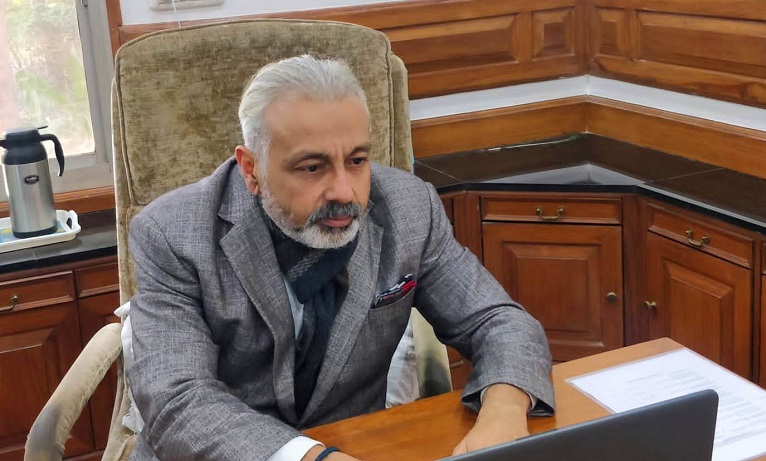Education Technology-a Revolution in the Making
Education is dynamic, we all know it could be better, but it is also the best it has ever been in human history. Over the last two centuries, the world’s literacy rate has risen from 12% to 88%, and primary, secondary, and tertiary education have all seen dramatic growth (in schools and students), breaking records almost on a yearly basis.
However, teaching methods, while constantly evolving, still require some modification. Modern education is still largely archaic. It works to some extent, but it is not ‘all pleasant’. Teachers have a lot on their plates, from lesson and assignment planning to teaching, grading, and the expectation of providing individualized attention to each and every student in the classroom. Students are forced to adhere to strict deadlines and live by the rule of fear rather than curiosity, with the constant fear of failure looming as they are assigned labels ranging from A to F at the end of each term.
“Sad, but true, today’s educational system is still generalized to a great extent and places less emphasis on individual self-development than it should. To make matters worse, students frequently do not understand why they are learning what they are learning, making certain classes feel arbitrary and purposeless in comparison to their personal goals,” says Anoop Singh Bishnoi. With that said, what can be done to address these issues and elevate education to a new level? What could make education more exciting, enjoyable, and useful? Enters technology.
Technology is changing how we have learned things or how we used to think we could learn things. Today, when students engage in online, digital environments, their success not only depends on how thoughtful they’re about their consumption of digital content, but they must also be effective and collaborative creators of digital media, demonstrating competencies and communicating ideas through dynamic storytelling, data visualization, and content curation.
The days of assigning a PowerPoint presentation to a single student are long gone. With technology, present day classrooms are collaborative hubs, which is good thing as it allows students to begin working on a project together in class and seamlessly collaborate, communicate, and bounce ideas off one another using social media, interactive whiteboards, and other technology. Technology is melting off the physical and social barriers while also enabling students to engage in spontaneous discussions and find immediate answers to problems or questions about a topic; but again, the distribution of this technology is still a privilege for many while others are disconnected from this world.
“Digitized education is one of the most prominent equalizers as it holds the power to reach even the most underdeveloped areas. Rural India’s education system has long struggled to compete with that of urban India. A foundation for improving the quality, accessibility, and affordability of education in rural India can be laid by encouraging technological intervention. Digital classrooms can help improve rural education by providing students with resources and knowledge that they would not otherwise have access to. The combined efforts of the government, NGOs, and corporate CSR wings are the only ways to steer rural India towards better and more effective use of digital tools. Technology inclusion in schools is critical because technology is no longer a luxury; it Is a necessity,” adds Anoop.




Comments
Post a Comment